June 16, 2025 | 13:58 GMT +7
June 16, 2025 | 13:58 GMT +7
Hotline: 0913.378.918
June 16, 2025 | 13:58 GMT +7
Hotline: 0913.378.918
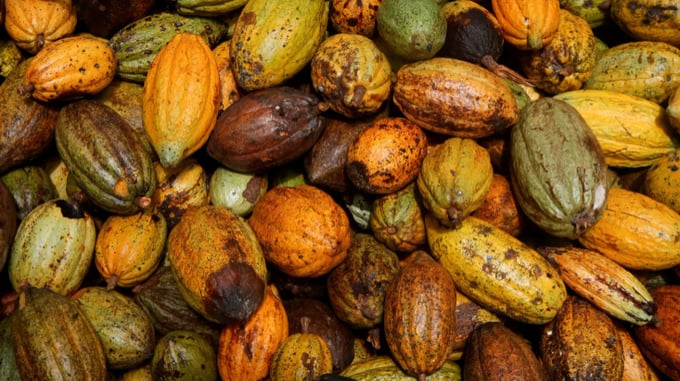
Cocoa pods are pictured at a farm in Sinfra, Ivory Coast April 29, 2023.
Ivory Coast, the world’s top producer of the main ingredient in chocolate, is in the dry season that runs from mid-November to March when rains are scarce.
Farmers had been worried that the hot weather would delay the start of the mid-crop season and tighten bean supply before the country’s central regions received above-average rains last week.
Farmers said they were now happy because the moisture was expected to help young pods to survive. They added that another rain was needed before the end of the month to improve the yield of cocoa trees.
“Trees will do better. Many cocoa trees had become weak due to lack of water,” said Etienne Brou, who farms near the central region of Yamoussoukro, where 18.2 millimetres (mm) of rain felllast week, 11.3 mm above the five-year average.
Similar comments were made in the central region of Bongouanou, where rainfall was above average, and in the west-central region of Daloa, where rains were below average but farmers said the moisture level was sufficient to help cocoa trees.
Farmers from the western region of Soubre and the southern region of Divo, where rains were below average, and farmers from the southern region of Agboville and the eastern region of Abengourou, where rains were above average, said growing conditions remained good with plenty of cherelles turning into small pods.
Farmers in those regions added that if rains became regular from March, the mid-crop would be as abundant as last season.
“If we have good rains from March onwards, we’ll have enough beans for the mid-crop,” said Kouassi Kouame, who farms near Soubre, where 1.2 mm of rain fell last week, 7.2 mm below the average.
The weekly average temperature across Ivory Coast last week ranged from 27.8 to 33.2 degrees Celsius.
CNBC
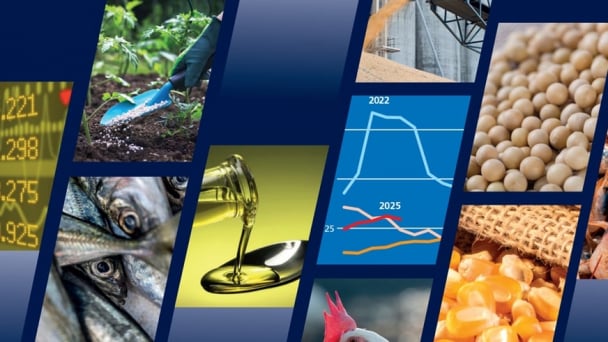
(VAN) Noting risks, report examines impacts of avian influenza, changing trade patterns since 2022, fish fraud, and shipping industry’s net-zero goals.
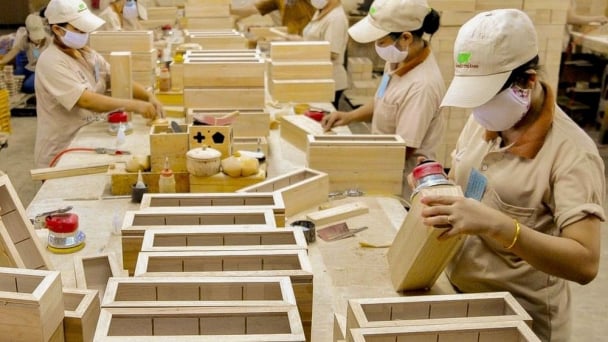
(VAN) Mr. Tran Quang Bao, General Director of the Forestry and Forest Protection Department, met and worked with the International Wood Products Association to promote cooperation in the field of timber trade.
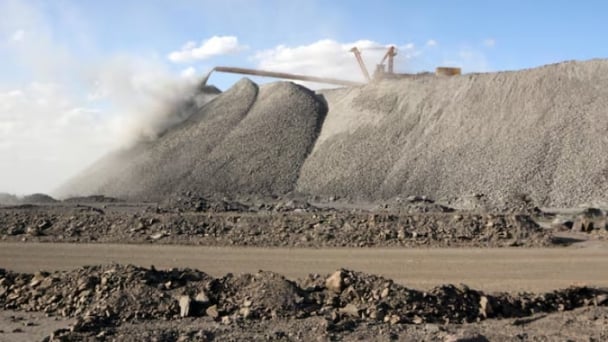
(VAN) China's outbound shipments of rare earths in May jumped 23% on the month to their highest in a year, though Beijing's export curbs on some of the critical minerals halted some overseas sales.
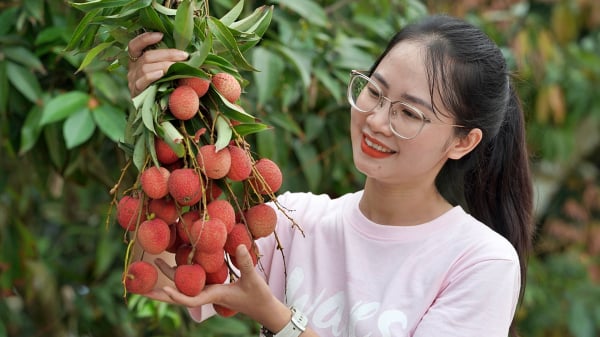
(VAN) To sustain capital flow, administrative reform alone is not enough; what farmers truly need is an ecosystem where both government and businesses grow together in support.
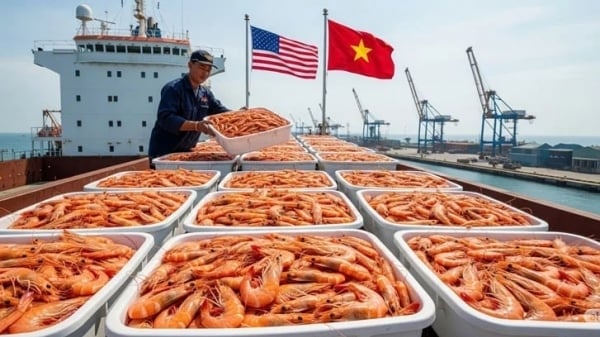
(VAN) Vietnam and the United States are proactively working together, each in their own way, to ensure that every container of agricultural goods carries not just products, but also long-term trust and value.
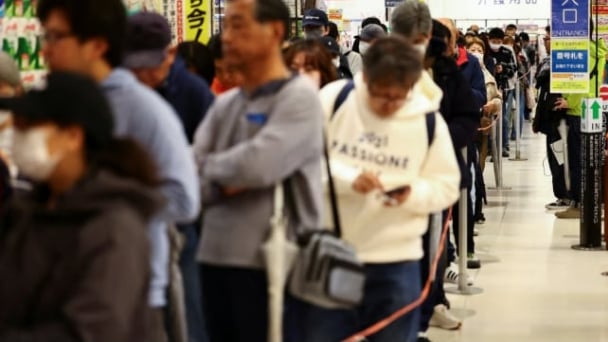
(VAN) Stores have started selling rice from the government’s stockpile to feed demand for the staple.
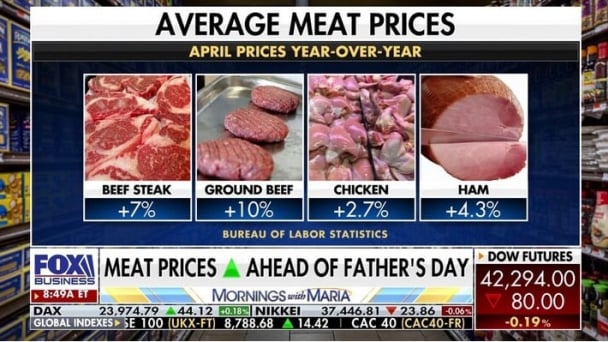
(VAN) Omaha Steaks CEO says rebuilding cattle herds will take about a year to ease price pressures.